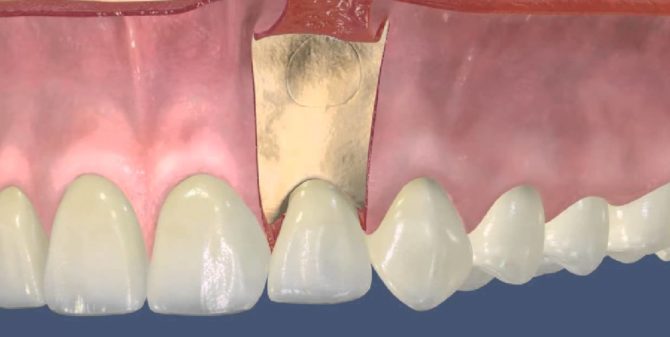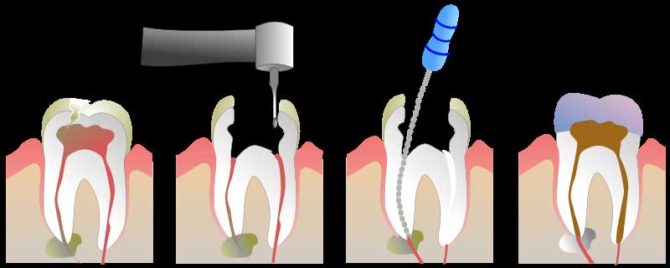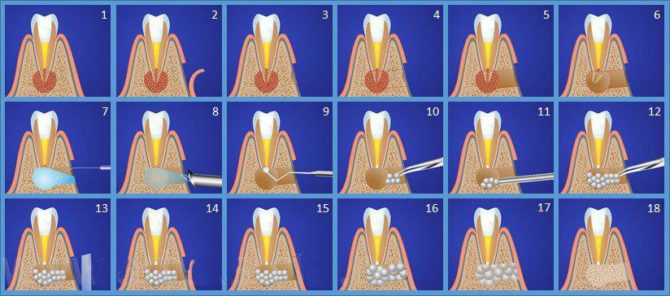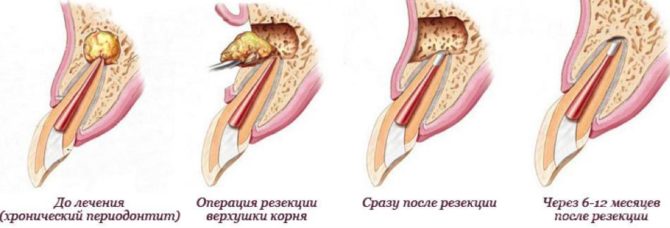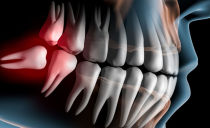Resection of the apex of the root of the tooth: the essence and stages of the operation, recovery after surgery
Surgical removal of pathological inflammatory formations in the oral cavity is necessary in case of failure of traditional endodontic treatment. Operations of such a plan are complex and require a highly qualified dentist surgeon and experience, especially interventions performed in the area of the tooth root. But resection of the apex of the tooth root allows you to completely remove the pathological formation and block inflammation, while maintaining a healthy tooth.
Content
What is a root apex resection
The activity of pathogenic microorganisms in combination with insufficient observance of oral hygiene, weakened immunity can lead to infection and the development of the inflammatory process in soft and hard paradental tissues. When pathological formations appear in soft tissues (cysts, fistulas, abscesses, boils), their removal is required.
Removal of foci of inflammation and infection by surgery along with the upper part of the tooth root shows high efficiency; such an operation is often performed on canines and incisors. On painters, resection is rarely performed due to the plurality of roots and the complexity of the intervention. The method allows you to fully preserve the functions of the tooth.
Indications for surgery
Resection of the apex of the root of the tooth is carried out to remove a pathological formation in the posterior region, which is not amenable to medical treatment. But there are a number of secondary indications in which surgical removal of the root apex is more appropriate than other methods of treatment.
Treatment of inflammation in the root canals after filling
After removal of the nerve, the canal is filled with composite, the filling material should fill the canal to the very top of the root. If the composite did not get into any part of the canal, there is a high risk of developing an infectious or inflammatory process, which can cause cysts, abscesses, granulomas and fistulas in the peridental soft tissues.
You can restore the health of a pulp tooth by resection of the apex of the tooth root. The operation makes it possible to remove the improperly sealed area of the canal, to reorganize the focus of inflammation.
Root canal treatment with pins and tabs
Resection is performed if the inflammatory process has arisen in the channels with pins or tabs. The operation allows you to partially save the root and avoid tooth extraction. The fact is that the pins are fixed with a high-strength medical composite, and it is almost impossible to remove them without destroying the root.
With the help of surgery, the doctor can get to the apex of the root and relieve inflammation in the canal without affecting the pins and stump tabs in the tooth.
To save the crown
Resection is performed in the treatment of a cyst or other peri-dental formation of an inflammatory nature, if a crown is installed on the tooth with sealed canals. The operation allows you to save the design.
If the diameter of the formation exceeds 1 cm
With large cysts, granulomas and abscesses, drug treatment is long, fraught with serious complications and not effective enough. The infection can spread to the gums, soft tissues of the entire oral cavity and even bone tissue. Dissection of the gums, resection of the upper part of the root in the cavity of the formation and installation of drainage ensure the outflow of pus and rapid healing of the wound.
Contraindications
Contraindications to surgery are:
- Periodontitis complicated by tooth mobility.
- Severe stages of periodontal disease with severe exposure of the tooth neck.
- Tumor process in the area of tooth growth.
Stages of resection of the apex of the tooth root
The operation can last from thirty to sixty minutes, the duration depends on the location of the tooth and the focus of inflammation, the size of the affected area, stage of the disease.
An operation on the front teeth requires less time. It is more difficult to carry out surgical intervention on molars located in hard-to-reach places, so such operations take longer.
Preoperative preparation
In the case when a tooth operation is planned, the channels of which were not sealed in the past, 2-3 days before the procedure, the doctor will fill them in without fail. The root canal expands, is thoroughly disinfected and filled with a composite so that the material penetrates beyond the root apex. Phosphate cement is used as a filling composite for future resection in modern dentistry.
Anesthesia
The procedure is performed under local anesthesia. When performing surgery on the upper jaw, infiltration anesthesia is indicated., which provides analgesia to a greater depth of tissues and lasts a long time. When resection of the apex of the root of the tooth in the lower jaw, conduction anesthesia is recommended: the anesthetic is injected into the area near the trigeminal nerve, as a result of which both nerves and surrounding tissues are blocked.
Gum dissection and access to the apex of the root
An arched incision is made on the gum, and the mucous membrane exfoliates. The resulting flap of tissue bends, exposing the jawbone and periosteum. In the area of the bone where the formation was diagnosed, the surgeon makes a small hole with a drill. The procedure is painless.
Removing the apex of the tooth root and inflamed tissue
The hole made by the drill acts as a channel. Through it, the apex is detected and cut off from the rest of the root. After performing the resection, the doctor takes out a fragment of the apex of the root with a cyst or inflammation with tweezers.
If a large cavity (more than 10 mm) is formed as a result of removal of the cyst, the doctor fills it with osteoplastic material to accelerate the regenerative processes in the bone tissue and its quick recovery.
Wound closure
After the operation for resection of the apex of the tooth root, the wound is washed with an antibiotic solution, and the oral cavity is sanitized. Then the doctor restores the relief of the mucous membranes and sutures. For better outflow of blood and blood flow, which appear in large quantities in the first two days after surgery, drainage is established between the sutures, due to which the postoperative hematoma and edema are reduced.
Within half an hour after the operation, cold is applied to the wound, a pressure bandage is applied to the chin and upper lip for 10 hours. You can eat 3-4 hours after resection.
Root apex resection: what to do after surgery
Postoperative care is to ensure thorough regular oral hygiene. For an early recovery, anti-inflammatory therapy is usually prescribed, including a course of immunomodulators, rinses, applications and baths.
In the early days, solid foods should be excluded from the diet and preference should be given to soups, homogenized cereals, meat and vegetable purees, and dairy dishes. Until the seams are removed and the wound is healed, it is necessary to refrain from lifting weights and high physical activity. It is necessary to minimize stressful situations and stress on the psyche.
Subject to all doctor's recommendations healing of the dissected gum will take no more than a month, and full restoration of bone tissue - up to six months.
Resection is very effective and allows you to completely save the patient from inflammatory pathology at the root of the tooth. Postoperative complications occur most often due to the incompetence of the doctor. If the operation is performed by a highly qualified surgeon in Moscow or regions, the risk of complications is minimal.

